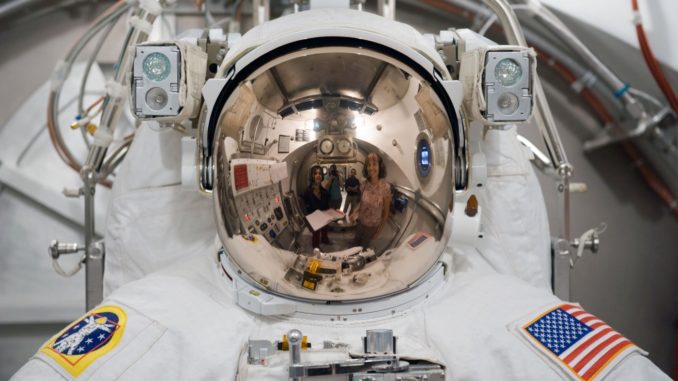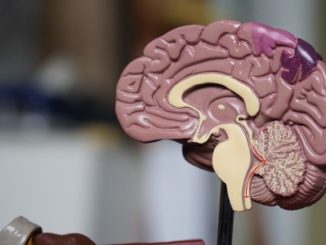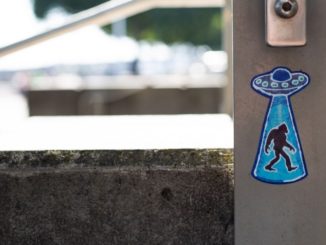
NASA has always been in the forefront of ground breaking technology for many years now, and they are not slowing down anytime soon. Even as the United States’ economy has shrunk the budget of the agency, it has not let this challenge to get in the way of progress. NASA’s missions include various trips into space and specifically the Russian controlled space station. Ever since the agency came into existence, they have focused on astronaut safety before anything else. The value of life amongst the agency is high, and no mission’s goal precedes it. There have been accidents in the past where brave astronauts have lost their lives. We have even seen instances where civilians on missions have lost their lives like in the case of shuttle Columbia. In order to maintain the health of its astronauts, the agency strives to both develop and adopt technology that helps it monitor the health of its astronauts. The monitoring of various vital signs provides mission specialists a direct view of the conditions experienced by the astronauts, and any challenges that they may be encountering. Some of these challenges might not even be known to the astronauts, but mission control is always one step ahead whenever possible.
A recent tool that has been adopted into NASA and its various missions is the pulse oximeter. A pulse oximeter, also known as a pulse ox by some medical professionals, is a medical device used to measure the blood oxygen saturation and pulse rate of individuals. These are important factors of the human body, because they provide data that can be used to determine how efficient the lungs and heart are at any given point of time. In the past a pulse oximeter was a bulky tabletop unit only seen in clinical settings, but with recent advances in technology all that has drastically changed. A new fingertip pulse oximeter is smaller than most cell phones, and runs on standard batteries. NASA is working on using a finger oximeter to develop a device that is the same size, but transmit its data to mission specialists via intermediate hardware and software. NASA is also going to adapt on their pulse oximeter to withstand harsher conditions that are not present here on Earth. Variances in temperature and pressure are big factors to consider when creating products to be used in space.
A pulse oximeter has again proven its ability as a necessary tool for the monitoring of health conditions of patients.
Proudly WWW.PONIREVO.COM
Source by Jackson Roger



